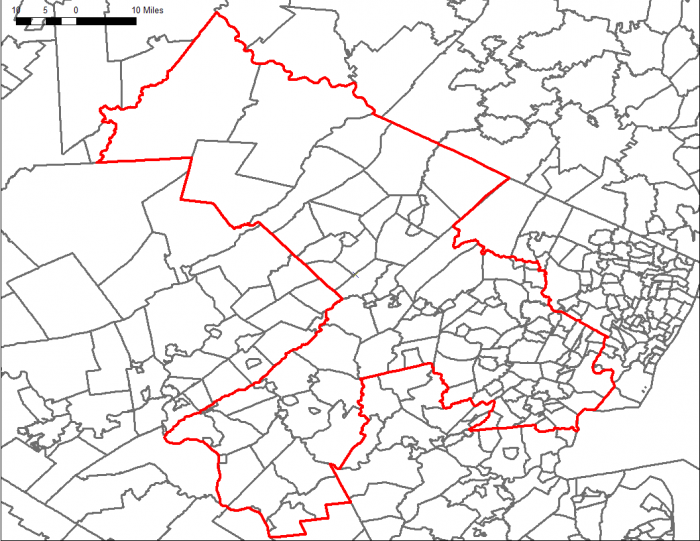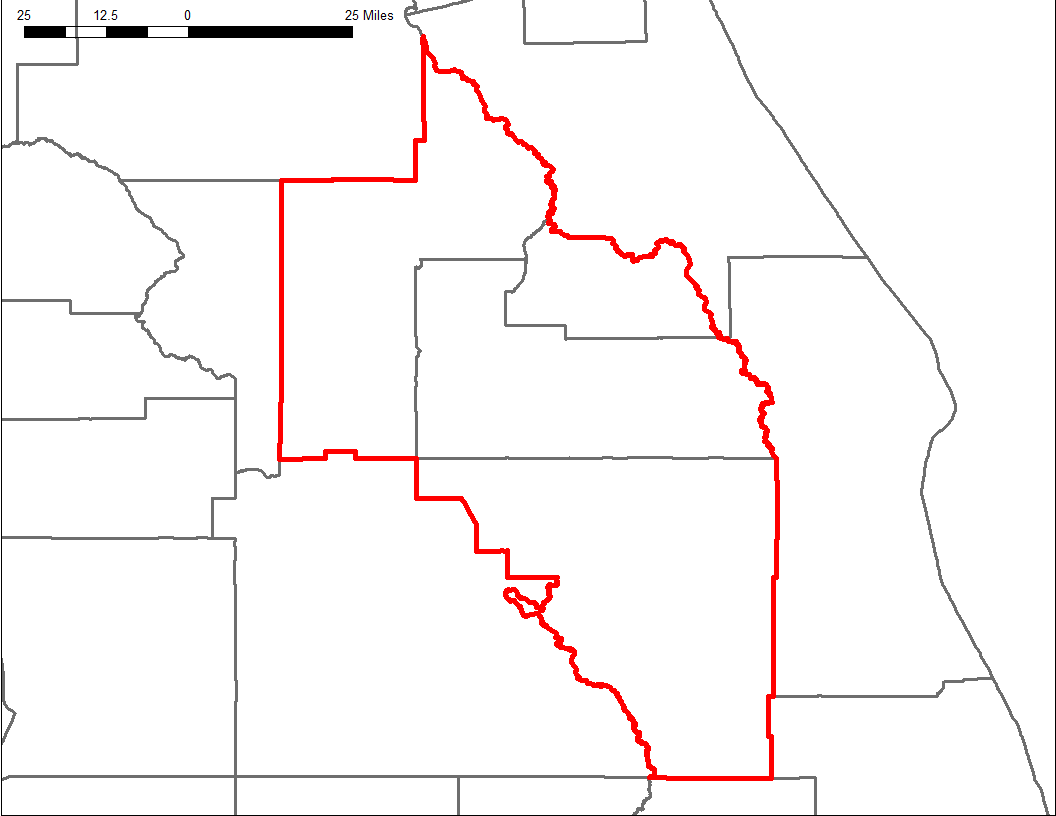 The past 25 years have seen a 20 percent increase in segregation between families with children, with this segregation being greatest for the rich. In a new analysis, Ann Owens finds that as rich families with children become even richer, they spend more of their income on living in their ‘ideal ‘neighborhood. This trend works alongside the tendency for rich families to live in their ideal school district, further adding to the segregation between rich and poor.
The past 25 years have seen a 20 percent increase in segregation between families with children, with this segregation being greatest for the rich. In a new analysis, Ann Owens finds that as rich families with children become even richer, they spend more of their income on living in their ‘ideal ‘neighborhood. This trend works alongside the tendency for rich families to live in their ideal school district, further adding to the segregation between rich and poor.
All parents want to provide their children with the best opportunities. But what if this desire contributes to inequalities between the opportunities available to poor and rich children? Since 1990, families with children have become more segregated by income between neighborhoods. Among childless households, income segregation has been stable, but segregation increased by over 20 percent among families with kids from 1990 to 2010 in large metropolitan areas. Income segregation was nearly twice as high among families with kids as among childless households in 2010.
Because segregation is higher among families with children than childless households, poor kids are exposed to more poor neighbors than poor adults are (and rich kids are exposed to more rich neighbors than rich adults are). For example, in 2010, children from families with incomes in the highest 20 percent of the US income distribution lived in neighborhoods where over 40 percent of their neighbors also had household income in the top quintile. In contrast, childless households with incomes in the top quintile lived in neighborhoods where fewer—about 35 percent—of their neighbors were high-income. Children experience more segregated contexts than adults.
Income segregation can occur at any point in the income distribution. For example, average income segregation might be high if the poor live in separate neighborhoods than middle-income households or the rich live away from poor households, or a variety of other scenarios. My analysis of changes from 1990 to 2010 indicates that income segregation is highest for the rich—high-income households live with other high-income families in the most segregated neighborhoods. Income segregation increased at every point in the income distribution during the 2000s. Its rise has not been driven solely by a concentration of poverty, though the poor have become more segregated from higher-income families.
Why is income segregation higher—and rising—among families with children? I identified two factors that play key roles. First, parents’ economic resources contribute to income segregation between neighborhoods. Income inequality has risen for the last 40 years, meaning that rich families have become even richer–they are pulling away from middle class and poor families. One thing people do with extra income is spend it on living in their ideal neighborhood, often a neighborhood that is unaffordable to lower-income households. I find that the relationship between rising income inequality and rising income segregation is twice as strong among families with children as among childless households. Compared to the general population, parents in particular convert extra economic resources into residence in exclusive neighborhoods, leading to residential income segregation. High-income childless families may spend extra money on different priorities than housing, or if they do spend extra resources on housing, they may choose to live in more integrated areas. Income inequality has also risen much more among families with children than among childless households.
The second key factor contributing to residential income segregation among families with children is concerns about school options. My study shows that in places where parents have more choice among school districts, segregation is higher. When parents have more choices, they can select their ideal district, within their budgetary constraints. This leads to greater separation between high- and low-income families with children as high-income parents spend money to live in neighborhoods within particular school district boundaries. For example, in 2010, income segregation between neighborhoods was extremely high in the Newark, New Jersey, metropolitan area, where there are over 120 school districts. Income segregation between neighborhoods was more than 50 percent lower in the Orlando, FL, metropolitan area, where, despite having a larger population than the Newark metropolitan area, there are 4 school districts. Childless households are likely less concerned about school district boundaries (though this population does include empty nesters and young couples who will have children), and their segregation is therefore lower than families with children.
Figure 1 – School districts in Newark-Union, NJ-PA, Metropolitan Area

Notes: The metropolitan statistical area is outlined in red. The school districts are outlined in gray. The Newark-Union, NJ-PA metropolitan division includes Essex, Hunterdon, Morris, Sussex, and Union counties in New Jersey and Pike County in Pennsylvania (based on 2003 metropolitan statistical area definition).
Figure 2 – School districts in Orlando, FL, Metropolitan Area

Notes: The metropolitan statistical area is outlined in red. The school districts are outlined in gray. The Orlando, FL, metropolitan statistical area includes Lake, Orange, Osceola, and Seminole counties in Florida (based on 2003 metropolitan statistical area definition).
There are some real consequences as high-income families pull away from lower-income families in terms of both their income and where they live. Schools and school districts have also become more segregated since 1990, so high-income children attend school with more high-income peers while low-income children attend poorer schools. Social science research has repeatedly shown that growing up in a poor neighborhood and attending school with low-income peers is detrimental for low-income children’s social, health, educational, and occupational outcomes. Growing income segregation between neighborhoods, schools, and school districts means that the opportunity gap between high- and low-income children has gotten even larger, with troubling consequences for intergenerational mobility of low-income youth.
What should be done? This issue can be approach from several angles. First, we can tackle income inequality with policies aimed at increasing the incomes of low- and middle-income families relative to high-income families. Second, mixed-income neighborhoods can be created by building more affordable housing in high- and mixed-income areas and protecting low-income areas from gentrifying into exclusive enclaves. Third, educational policies can be adopted to promote income mixing between schools and, more importantly, between school districts, where most of the inequality lies. In particular, more research is required to understand how school choice, via assignment policies, magnet schools, and charter schools, alleviates or recreates inequalities.
These are all fiercely contested policy arenas with many competing proposals and stakeholders. Before we decide what should be done, we need to agree that something should be done at all. Some may see these inequalities as a natural or inevitable outcome of some combination of meritocracy, capitalism, and individual responsibility. But a core tenet of American society, and American education in particular, is equal opportunity: that where you’re born and who your parents are should not determine where you end up. Study after study shows that this American Dream is seriously endangered. Until we start thinking about providing opportunities for all children, not just our own, social inequality in America will remain a costly problem.
This article is based on the paper, ‘Inequality in Children’s Contexts’, in the American Sociological Review.
Featured image credit: Thomas Hawk (Flickr, CC-BY-NC-2.0)
Please read our comments policy before commenting.
Note: This article gives the views of the author, and not the position of USAPP– American Politics and Policy, nor of the London School of Economics
Shortened URL for this post: http://bit.ly/2i4zgwz
_________________________________
 Ann Owens – University of Southern California
Ann Owens – University of Southern California
Ann Owens is an Assistant Professor of Sociology and an affiliate of the Spatial Sciences Institute, Population Research Center, and Sol Price Center for Social Innovation at the University of Southern California. Her research interests include urban sociology, sociology of education, social policy, and social stratification.







A lot of people believe that the real cause of bad schools is bad students. I would like to see access to a diversity of good schools made available to the middle class and the poor, so I have supported vouchers and tax credits. But if people believe the cause of bad schools is bad students, tax credits and vouchers will not be popular .